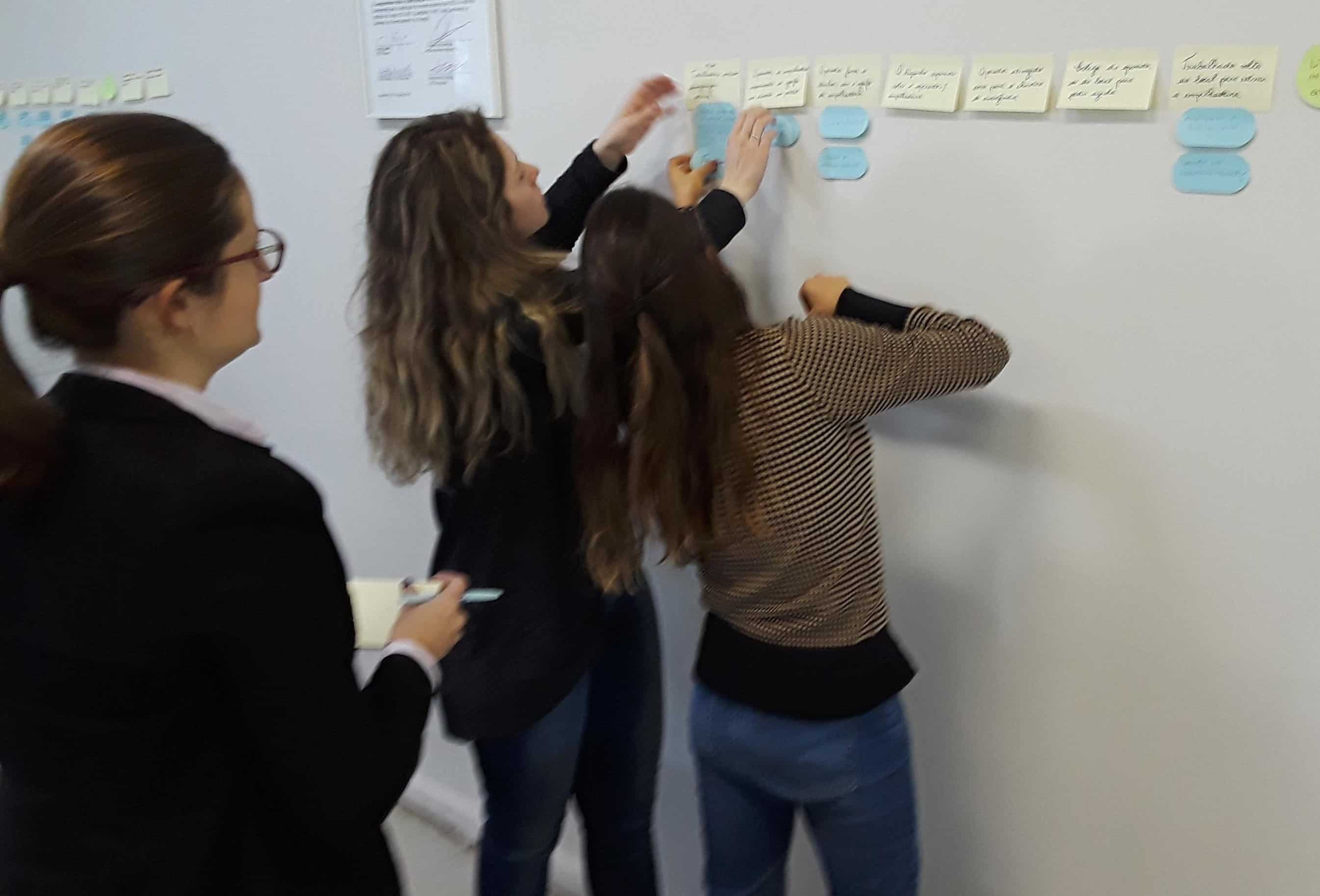Is Your PPE Program Ready for the 2025 Fit Rule? 10 Smart Questions.

In December, the U.S. Department of Labor’s Occupational Safety and Health Administration (OSHA) announced a significant update to its Personal Protective Equipment (PPE) standards for the construction industry. Beginning January 13, 2025, the PPE fit rule requires that employers provide properly fitting PPE to all construction workers, aligning the construction industry’s requirements with already established requirements for general industry and shipyards.
Properly fitting PPE is important for protection against workplace hazards. Poorly fitting PPE can compromise safety, introduce new risks—such as oversized gloves or clothing getting caught in machinery—and discourage workers from using the necessary protective gear. This revision addresses longstanding safety concerns, especially among women and workers with smaller or larger physiques.
The construction industry has historically experienced a high number of workplace fatalities, with 1,075 deaths reported in 2023. Falls, slips, and trips accounted for 39.2% of these fatalities. Ensuring that PPE fits properly is a big step toward reducing these incidents and enhancing overall worker safety.
Companies are encouraged to review their current PPE inventories and practices to ensure compliance with the new standard. This includes providing a range of sizes and options to accommodate the diverse body types of the workforce.
10 Key Questions to Ask About PPE

Ensure your personal protective equipment (PPE) program does more than check the compliance box. The following are ten questions to ask.
PPE Selection & Fit
Start by evaluating fit.
- Does the PPE properly fit all workers, including those with smaller or larger body sizes?
- Are there multiple sizes and options available to accommodate a diverse workforce?
Compliance & Regulations
Consider if your PPE is compliant.
- Does the PPE meet OSHA, ANSI, or other applicable safety standards?
- Are we conducting regular audits to ensure PPE compliance across all job sites?
Training & Awareness
Take proactive steps to ensure all workers clearly understand how and when to use PPE.
- Have workers been trained on how to properly wear, adjust, and inspect their PPE?
- Do workers understand when and where specific PPE is required on the job site?
Condition & Maintenance
Conduct regular inspections.
- Is PPE regularly inspected for damage, wear, usefulness, or contamination?
- Do we have a system in place to replace damaged or expired PPE promptly?
Worker Feedback & Safety Culture
A strong safety culture is created by listening.
- Are workers comfortable reporting PPE fit or functionality issues without fear of repercussions?
- Have we gathered employee feedback to ensure PPE is comfortable and does not hinder job performance?
Regularly asking these questions helps safety professionals maintain compliance, improve worker protection, and foster a strong safety culture.
5 Ways TapRooT® Root Cause Analysis Helps You Stay In Compliance with OSHA’S PPE Fit Rule
TapRooT® Root Cause Analysis can help companies maintain compliance with OSHA’s 2025 PPE fit rule and more by improving their ability to identify and address the root causes of safety issues. Here’s how:
- Identifying Systemic Issues – TapRooT® helps companies go beyond surface-level fixes and uncover the reasons driving problems.
- Preventing Recurring Problems – By analyzing past incidents like ill-fitting PPE, companies can implement long-term corrective actions to prevent future occurrences, ensuring workers consistently receive properly fitting equipment.
- Enhancing Workplace Safety Culture – A structured approach to root cause analysis promotes proactive safety management, encouraging workers to report issues and ensuring management takes action.
- Improving Compliance & Documentation – TapRooT® provides companies with a systematic method for investigating safety concerns, which can help demonstrate due diligence and compliance during OSHA inspections.
- Reducing Injury Risks – By using TapRooT® RCA to analyze incidents where PPE contributed to an injury or near miss, companies can make targeted improvements that protect workers.
In just two training days, you can learn to do a TapRooT® Investigation. TapRooT® Root Cause Analysis training equips safety professionals with the skills to effectively identify and address the underlying causes of PPE-related issues and other safety concerns. Rather than relying on guesswork or blame, TapRooT® provides a structured, proven method for uncovering what went wrong—and more importantly, why. This training helps teams make informed improvements, enhance compliance with regulations like OSHA’s PPE fit rule, and build a stronger, more proactive safety culture.



